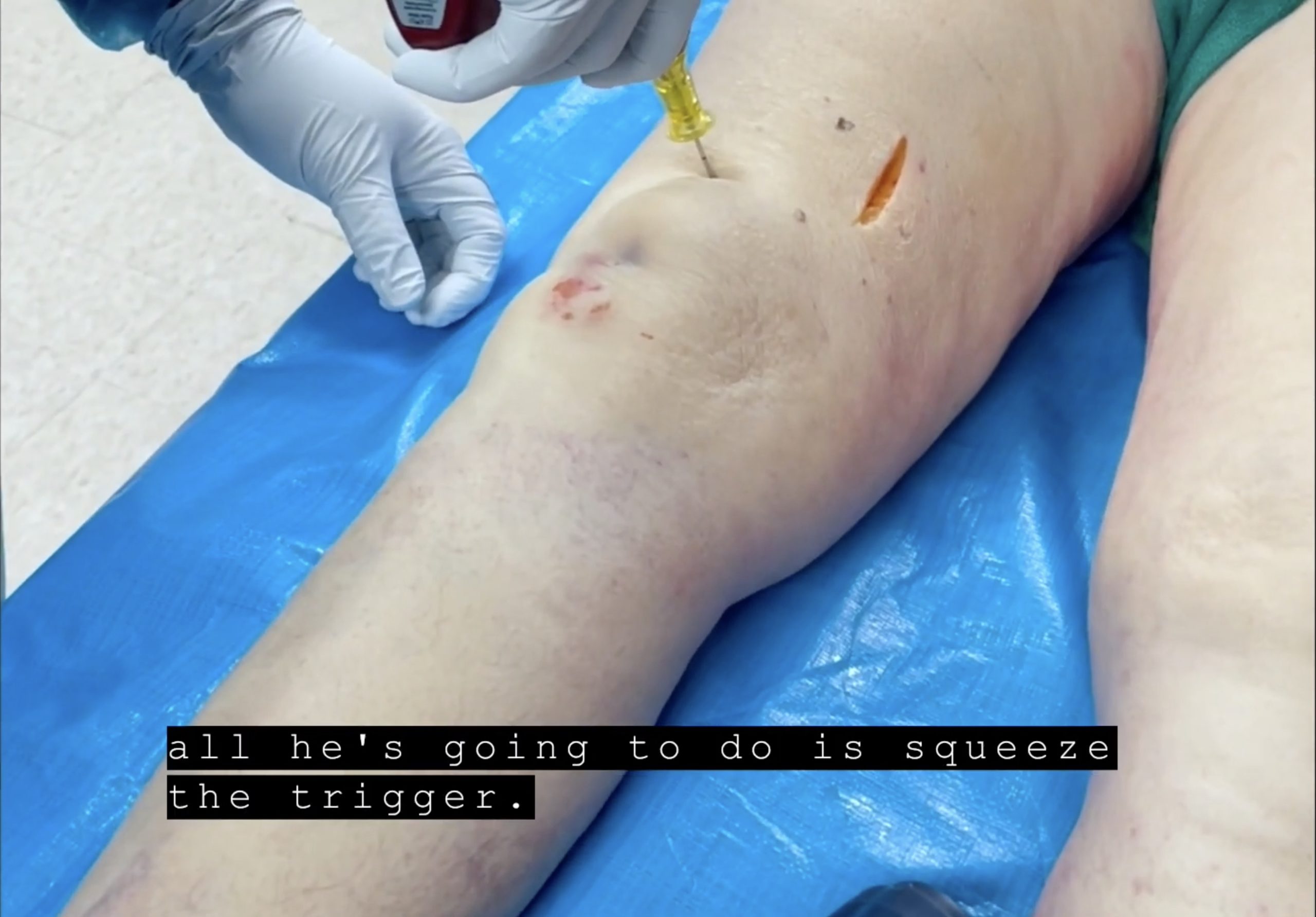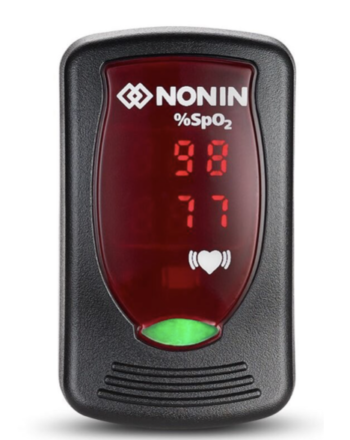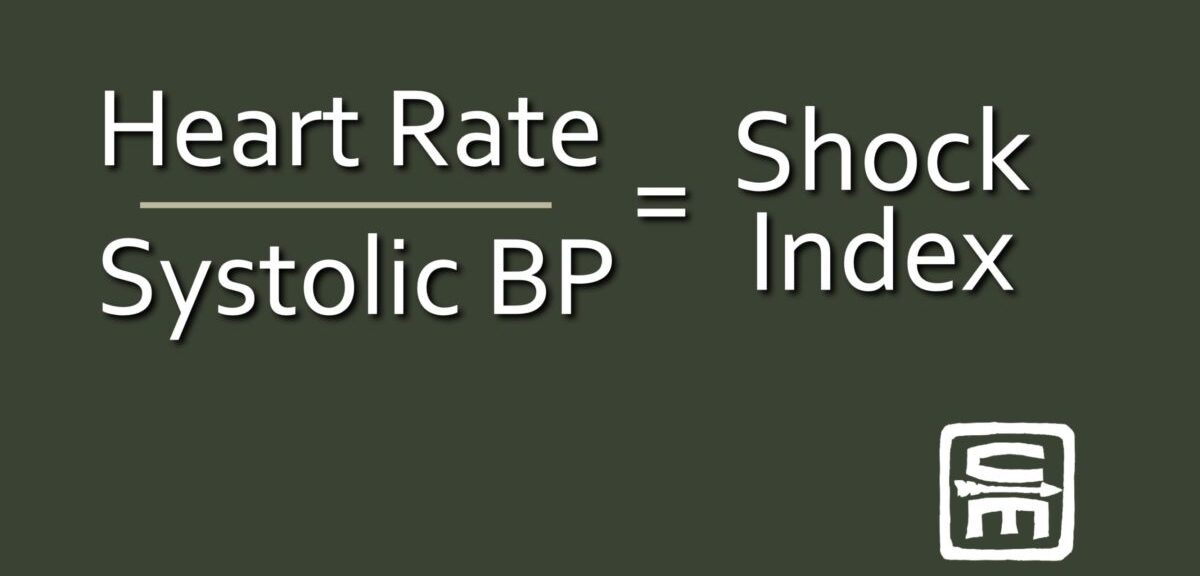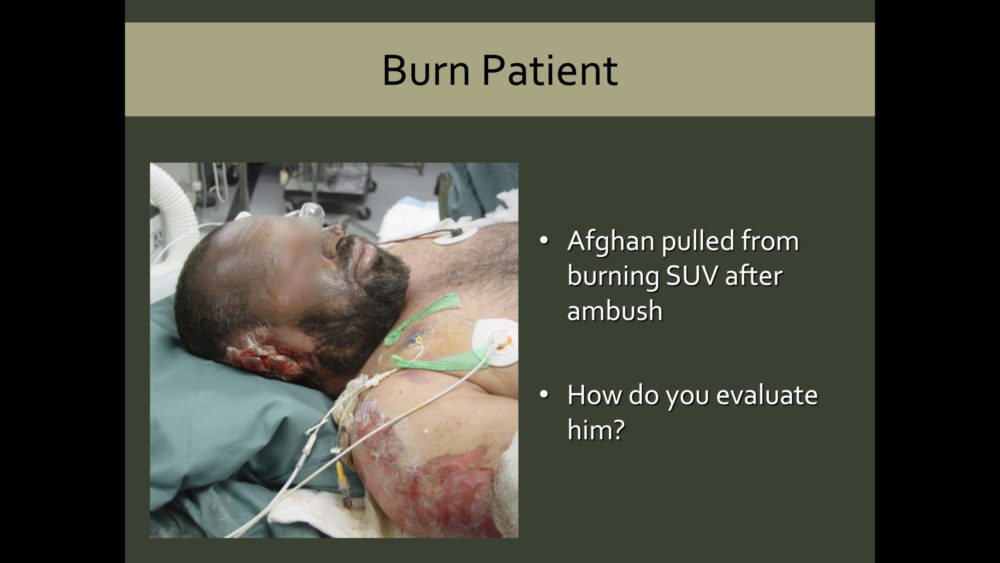🕖 Reading Time, 6 minutes BLUF: “Normal” values vary by age, gender, temperature (both environmental and casualty’s), and lighting conditions. Different providers will see different durations of refill time. With all these adjustments and limitations of how normal is defined, …
In our MARCH mnemonic, circulation essentially asks the question: is this patient in shock?
The preshopsital management of hypovolemic shock, without the ability to provide blood products is limited. Historically, there are a variety of clinical indicators and management strategies for hypovolemic shock; their accuracy and successes are highly variable.
🕖 Reading Time, 3 minutes Typically, intra-osseous access is performed either in the proximal humerus or proximal tibia in the civilian setting and sternally in the military. A recent study of 2016 US prehospital IO placements in adult out-of-hospital cardiac …
BLUF*: Hypotensive trauma patients need the cause of their hypotension fixed: whether that is aggressive hemorrhage control, administration of blood products, or needle decompression for tension pneumothorax. IVF is a very temporary fix; blood products would be better. Push dose …
🕖 Reading Time, 5 minutes BLUF*: For the pulse oximeter’s O2 saturation reading to be valid, the device must also be consistently identifying the patient’s pulse. If the pulse waveform or notation isn’t steady, the oxygen reading isn’t valid. Fingertip …
🕖 Reading Time, 4 minutes Although not as convenient as evaluating the “Go / No Go” presence of a casualty’s radial pulse, their “shock index” is a much more sophisticated snapshot of their hypovolemic status. Shock index is a ratio …
🕖 Reading Time, 3 minutes Burns over 20% total body surface area (TBSA) result in increased capillary permeability and intravascular fluid deficits that are most severe at 24-hours post-burn. Cardiac output decreases rapidly post-burn. With correct fluid resuscitation, cardiac output …






